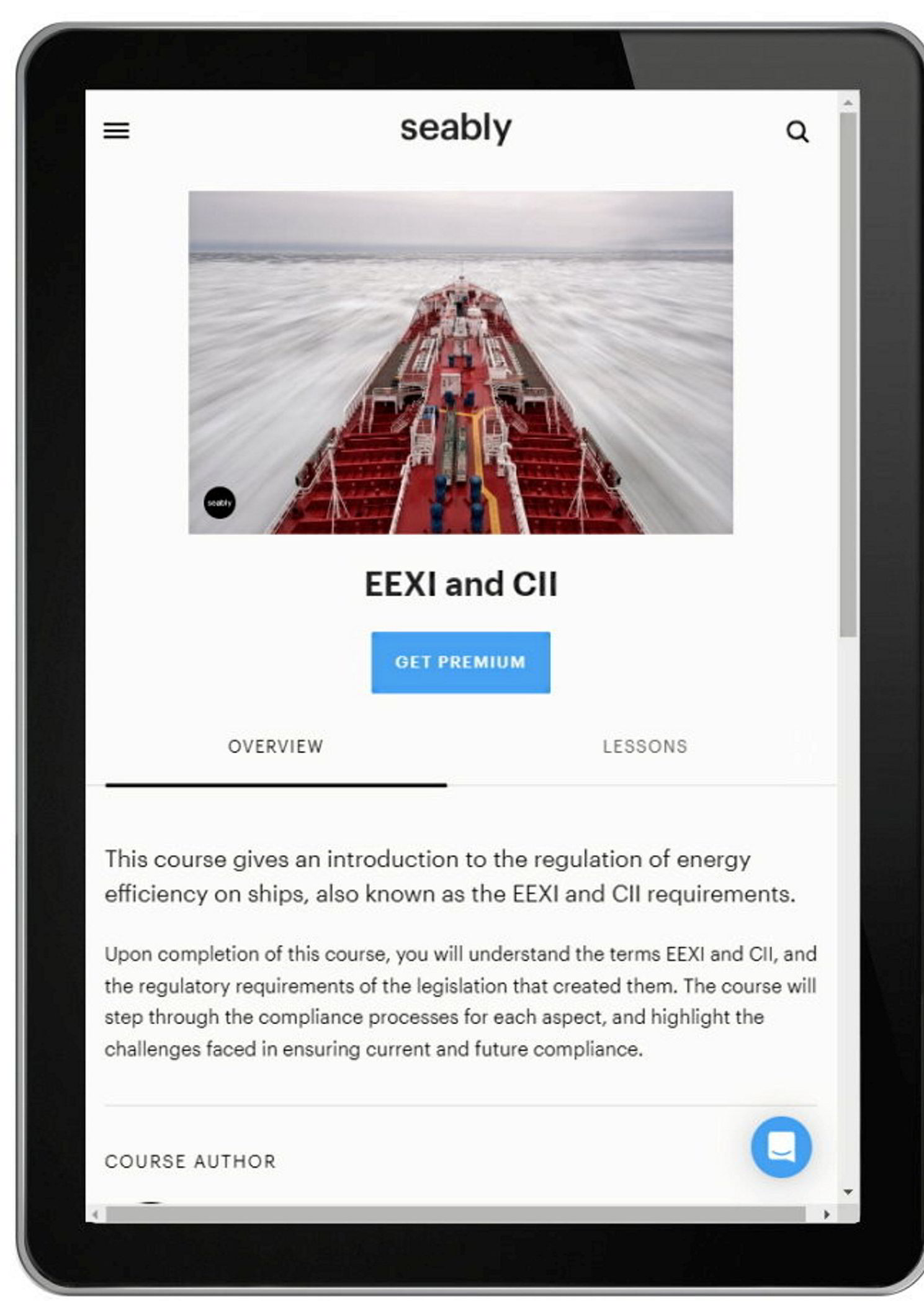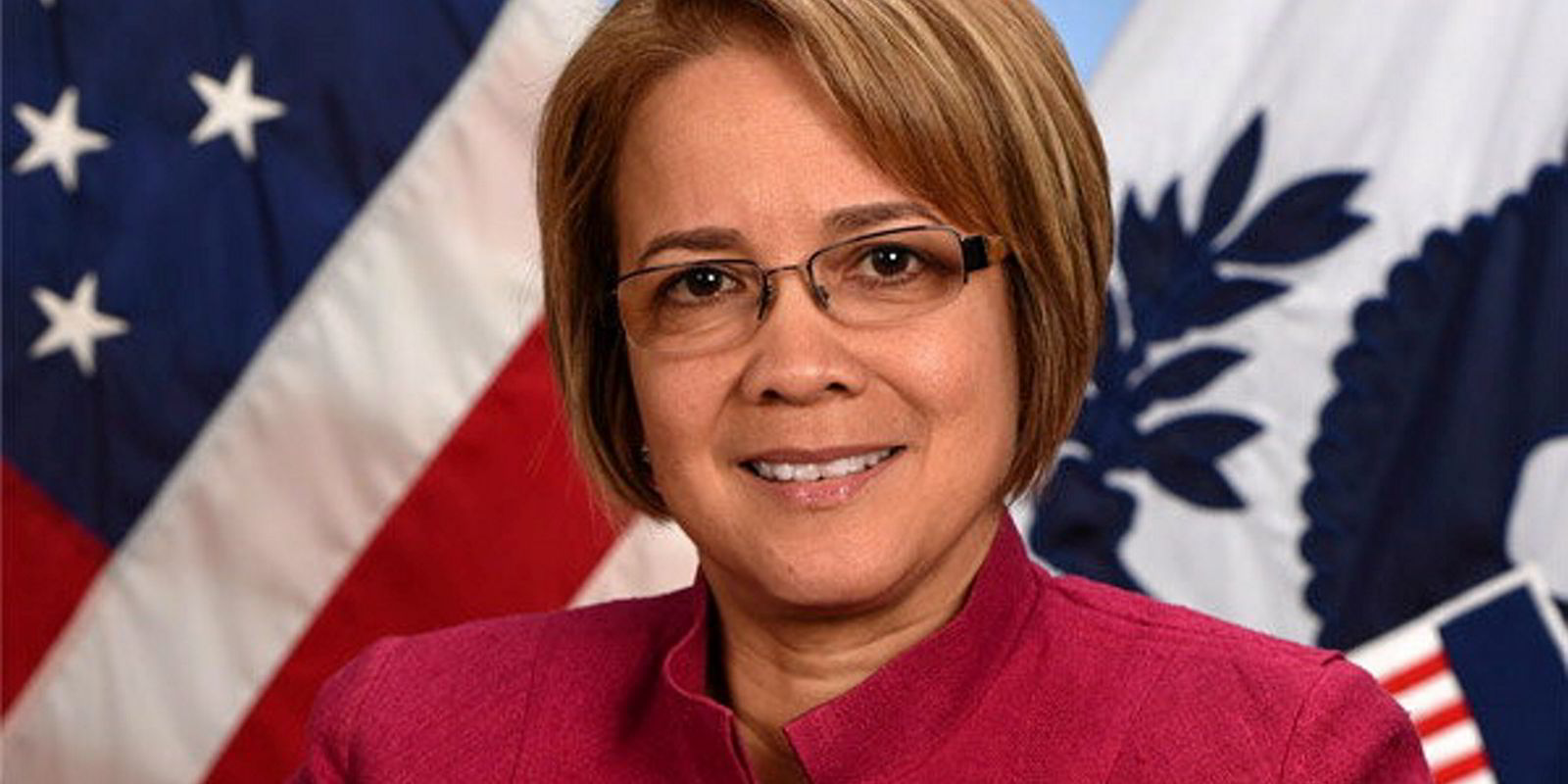Online seafarer training took big steps forward during the Covid pandemic. And Seably is blazing a trail as a cloud-based training platform of courses developed by a multitude of third-party educators, shipping companies and specialists.
Swedish Shipowners’ Association-backed Seably does not produce content but hosts 800 training packages.
It describes itself as a marketplace for online maritime training, where students and providers can learn or teach a wide range of courses from flag-state-approved International Convention on Standards of Training, Certification and Watchkeeping for Seafarers, or STCW Convention, to ship familiarisation procedures.
Cloud-based courses can be downloaded to mobile apps with cyber security and proof of attendance guaranteed by eye-recognition technology operated through devices’ cameras.
Licences for the use of courses are charged at an average of less than $10 per month per seafarer, and Seably pays fees to content providers from a royalty pool based on the use of courses and certificates awarded.
Content on Seably is certified by DNV and can be made specific to one company or college or provided as open access. As the first platform to hold the DNV SeaSkill standard ST-0595, it recently won the Smart4Sea training award.
The platform was first set up in 2017 by the Swedish owners’ association for in-house training but went commercial in 2020 and the following year appointed Andrea Lodolo as chief executive. It has grown from a handful of staff to 60 now.
Lodolo, who ran an electro-technical connector company until it was sold in 2013, became the first Italian to go through the reputed Warsash maritime cadet training programme in his middle age as he changed career direction. It led him to set up a seafarer training centre in Malta and then onto Seably.

The English-educated Lodolo said a number of maritime training academies, such as Denmark’s Simac, use Seably’s technology to issue certificates and the platform can help shipping companies develop their own courses free of charge. At any one time, up to 25,000 seafarers have been taking wider ranging courses, such as that for cyber security on board ships.
Training, such as regulation, is changing from being reactive to incidents to preventive, Lodolo said, and by reducing travel to class-based schools online availability helps cut carbon emissions.
The ability to scale up and update online content gives potential for lifelong learning, a process which is accepted in aviation for pilots but until now has not been adopted for ships’ captains.
But he said: “Online training within the maritime industry cannot be seen as a substitute for physical training. Seafarers really learn while performing their duties on board, on the job” but online and blended training can be part of a total learning experience.
Lodolo describes a three-Es model of empirical, experimental and e-learning. An example of empirical training could be physically launching a lifeboat, experimental could be doing the same thing on a simulator, while e-learning would be a course about the lifeboat and regulations.
Cloud-based simulation programmes are available on the Seably platform from course providers such as Kongsberg and Wartsila.






